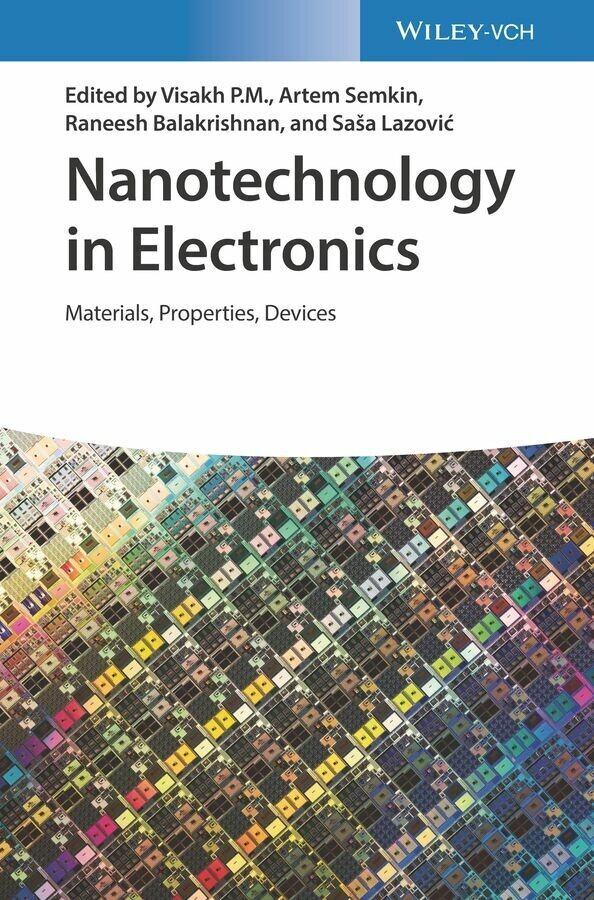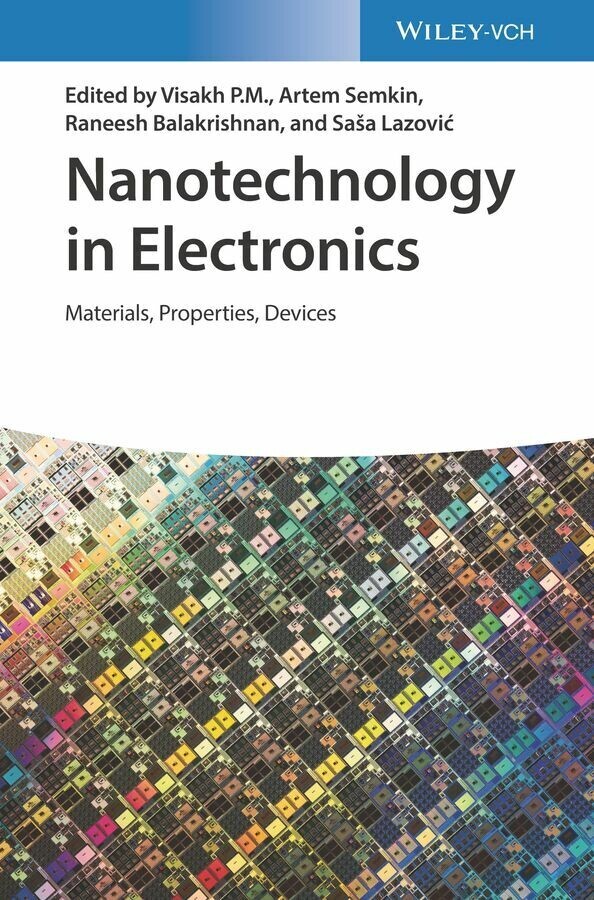Interface Engineering in Organic Field-Effect Transistors
Interface Engineering in Organic Field-Effect Transistors
Systematic summary of advances in developing effective methodologies of interface engineering in organic field-effect transistors, from models to experimental techniques
Interface Engineering in Organic Field-Effect Transistors covers the state of the art in organic field-effect transistors and reviews charge transport at the interfaces, device design concepts, and device fabrication processes, and gives an outlook on the development of future optoelectronic devices.
This book starts with an overview of the commonly adopted methods to obtain various semiconductor/semiconductor interfaces and charge transport mechanisms at these heterogeneous interfaces. Then, it covers the modification at the semiconductor/electrode interfaces, through which to tune the work function of electrodes as well as reveal charge injection mechanisms at the interfaces.
Charge transport physics at the semiconductor/dielectric interface is discussed in detail. The book describes the remarkable effect of SAM modification on the semiconductor film morphology and thus the electrical performance. In particular, valuable analyses of charge trapping/detrapping engineering at the interface to realize new functions are summarized.
Finally, the sensing mechanisms that occur at the semiconductor/environment interfaces of OFETs and the unique detection methods capable of interfacing organic electronics with biology are discussed.
Specific sample topics covered in Interface Engineering in Organic Field-Effect Transistors include:
- Noncovalent modification methods, charge insertion layer at the electrode surface, dielectric surface passivation methods, and covalent modification methods
- Charge transport mechanism in bulk semiconductors, influence of additives on materials' nucleation and morphology, solvent additives, and nucleation agents
- Nanoconfinement effect, enhancing the performance through semiconductor heterojunctions, planar bilayer heterostructure, ambipolar charge-transfer complex, and supramolecular arrangement of heterojunctions
- Dielectric effect in OFETs, dielectric modification to tune semiconductor morphology, surface energy control, microstructure design, solution shearing, eliminating interfacial traps, and SAM/SiO2 dielectrics
A timely resource providing the latest developments in the field and emphasizing new insights for building reliable organic electronic devices, Interface Engineering in Organic Field-Effect Transistors is essential for researchers, scientists, and other interface-related professionals in the fields of organic electronics, nanoelectronics, surface science, solar cells, and sensors.
Xuefeng Guo received his PhD in 2004 from the Institute of Chemistry, Chinese Academy of Sciences, Beijing. From 2004 to 2007, he was a postdoctoral research scientist at the Columbia University Nanocenter. He joined the faculty as a professor under the 'Peking 100-Talent' Program at Peking University in 2008.
Hongliang Chen received his PhD in 2016 from the College of Chemistry and Molecular Engineering, Peking University. From 2016 to 2018, he worked as a research scientist in Dow Chemical Company. Then, he moved to Northwestern University in Evanston and worked as a postdoctoral research fellow from 2018 to 2021. He joined Zhejiang University as an assistant professor since June 2021.
| ISBN | 9783527840472 |
|---|---|
| Artikelnummer | 9783527840472 |
| Medientyp | E-Book - ePUB |
| Copyrightjahr | 2023 |
| Verlag | Wiley-VCH |
| Umfang | 272 Seiten |
| Sprache | Englisch |
| Kopierschutz | Adobe DRM |






